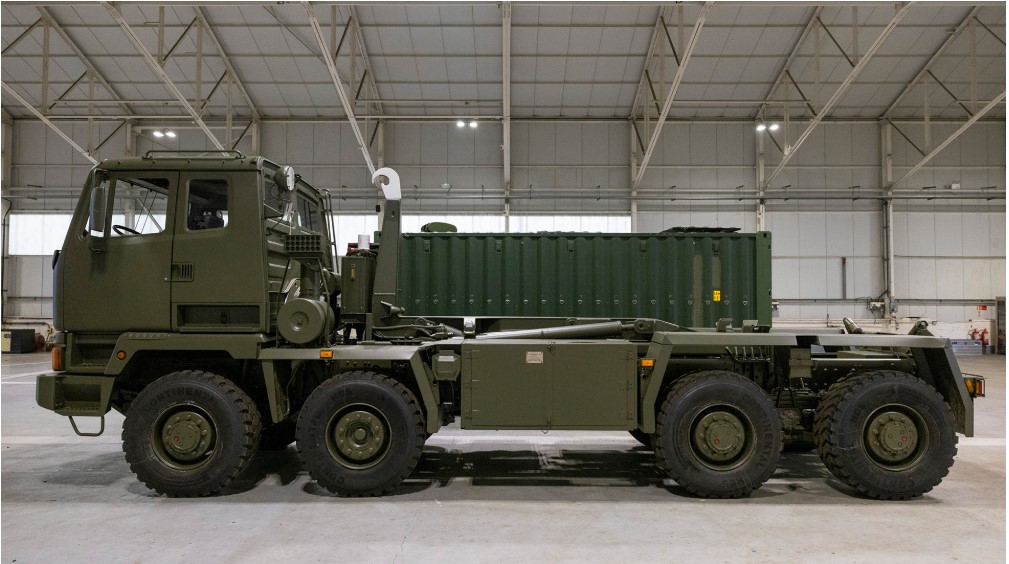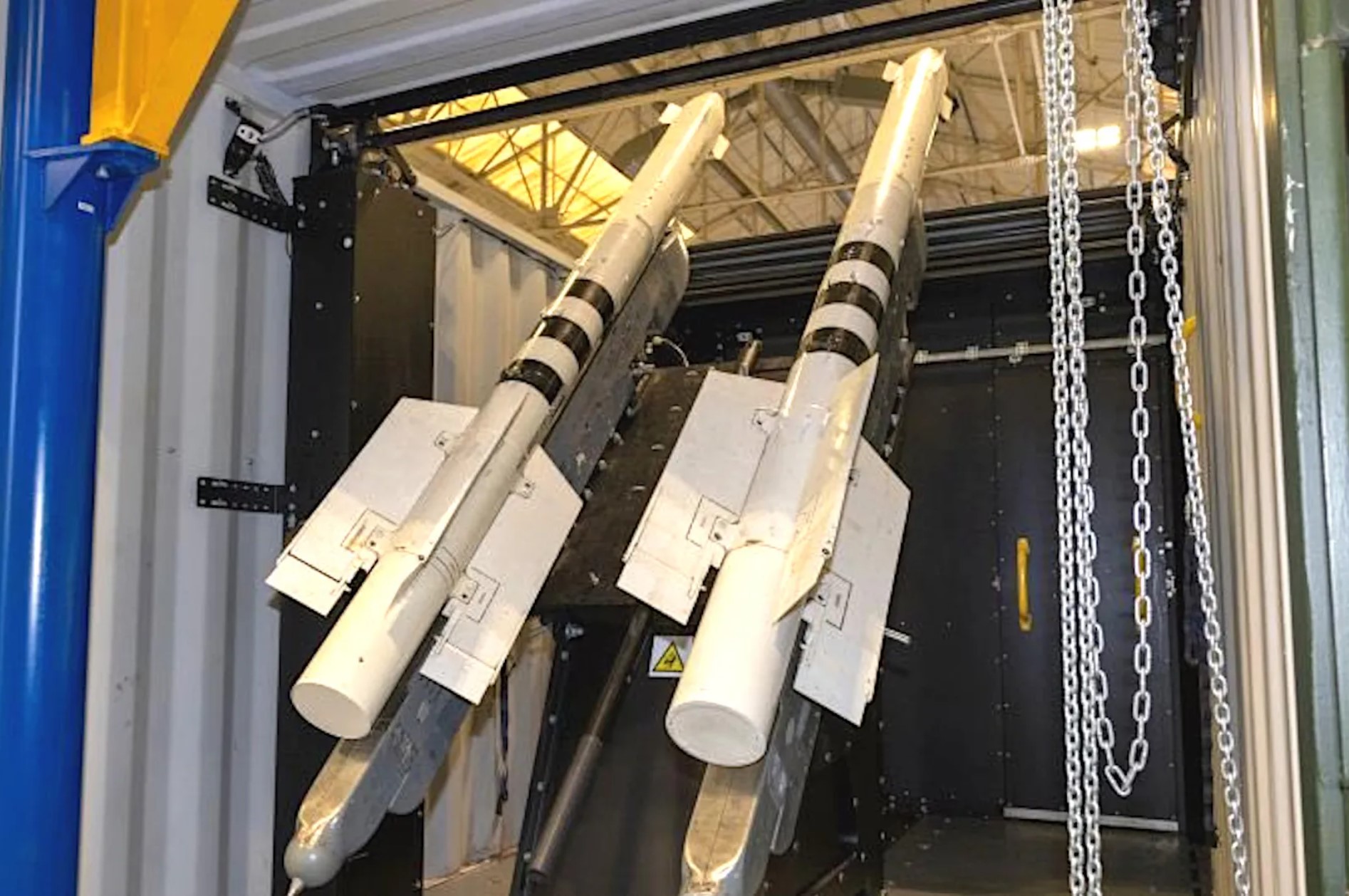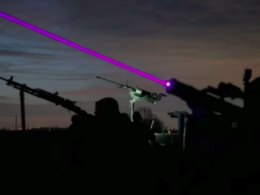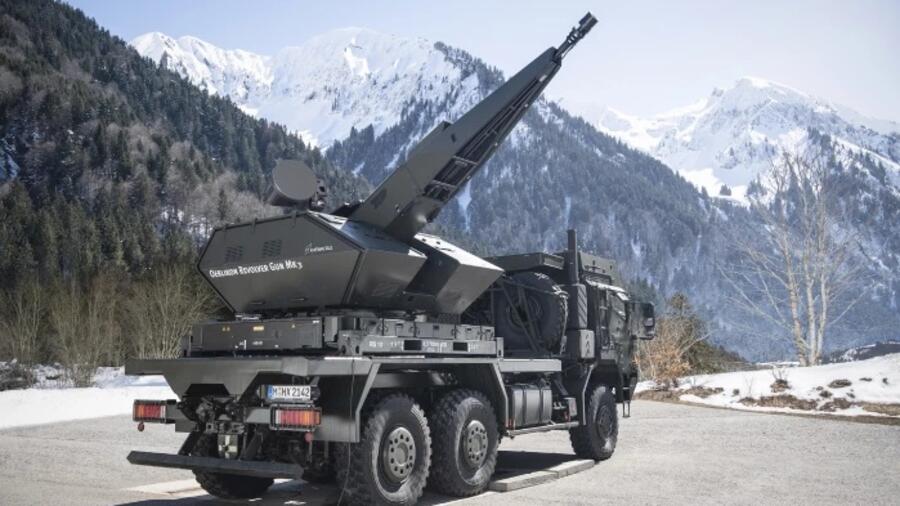First images have emerged of an innovative containerized air defense system called Gravehawk, jointly developed by the United Kingdom and Denmark for Ukraine. The system, which repurposes Soviet-era R-73 air-to-air missiles for ground-based air defense, represents the latest development in what has become known as FrankenSAM systems.
The development of Gravehawk comes at a crucial time for Ukraine's air defense capabilities. The system's deployment coincides with the UK Ministry of Defense's announcement of an additional 4.5 billion pounds ($5.6 billion) in military aid for Ukraine this year.
The slightly mad scientists at the UK MOD have revealed the Gravehawk surface-to-air missile system for Ukrainian service.
— OSINTtechnical (@Osinttechnical) February 12, 2025
The entire SAM system fits in a standard shipping container, carries a pair of converted R-73 AAMs, and can be quickly deployed off the back of a flatbed. pic.twitter.com/BTF0b7LjCg
From rejection to combat success
According to Forces News, which first revealed the images and detailed information about the system, the development was carried out by the UK Ministry of Defense's Taskforce Kindred alongside private contractors. The project took approximately 18 months to complete and cost six million pounds (approximately $7.5 million).
"The Ukrainians initially didn't want Gravehawk, instead they wanted more air-to-air missiles and F-16 Fighting Falcons," Forces News reports. "But having seen it in action they are now apparently sold on it – and want lots more."
The Gravehawk system is housed within a modified ISO shipping container featuring a retractable roof. The system employs a sophisticated targeting mechanism that includes a retractable infrared camera system for target acquisition and tracking. Each unit costs approximately one million pounds ($1.24 million).

The War Zone (TWZ) notes that the R-73 missile, known to NATO as the AA-11 Archer, is particularly well-suited for this adaptation due to its high-off-boresight (HOBS) capabilities.
"The missile's seeker can articulate in any direction much farther than a traditional heat-seeking air-to-air missile with a fixed non-HOBS seeker that stares directly forward," the TWZ publication says.
Ukraine’s R-73 stockpile remains a concern, but similar FrankenSAMs, such as modified 9K33 Osa (SA-8 Gecko) systems, have already seen combat. Whether Gravehawk can be adapted for AIM-132 ASRAAMs or US-made AIM-9 Sidewinders is still unknown.
Deployment and tactical advantages
Two Gravehawk units have already been delivered to Ukraine and have seen combat use. The Ukrainian military is set to receive 15 additional units. The system is transported using a Leyland DAF truck equipped with the Demountable Rack Offload and Pickup System (DROPS), allowing for relatively quick deployment and repositioning.
The system offers several tactical advantages, including:
- Passive infrared sensors that are immune to Russian electronic warfare detection
- Containerized design provides mobility while maintaining a low profile during transport
- Capability to engage various aerial threats, including drones, cruise missiles, fixed-wing aircraft, and helicopters.
The War Zone reports that this development is particularly significant given current uncertainties surrounding future foreign military assistance, especially from the United States. Recent statements from US officials have raised questions about long-term support strategies, potentially making European partners like the United Kingdom increasingly important for Ukraine's defense capabilities.
The system joins a growing family of innovative air defense solutions, including a previous UK-supplied system using AIM-132 Advanced Short-Range Air-to-Air Missiles (ASRAAM) mounted on Supacat High Mobility Transporters.
Read more:
- Ukraine pairs obsolete Soviet grenades with commercial drones adding 3D-printed fins, as Pentagon takes notes
- The Insider: As Russia depletes Soviet tanks and artillery, Putin's Ukraine war drive to end by 2026
- Defense Express: Modified Soviet-era missile enables maritime drone's aerial capabilities
The slightly mad scientists at the UK MOD have revealed the Gravehawk surface-to-air missile system for Ukrainian service.
— OSINTtechnical (@Osinttechnical) February 12, 2025
The entire SAM system fits in a standard shipping container, carries a pair of converted R-73 AAMs, and can be quickly deployed off the back of a flatbed. pic.twitter.com/BTF0b7LjCg




